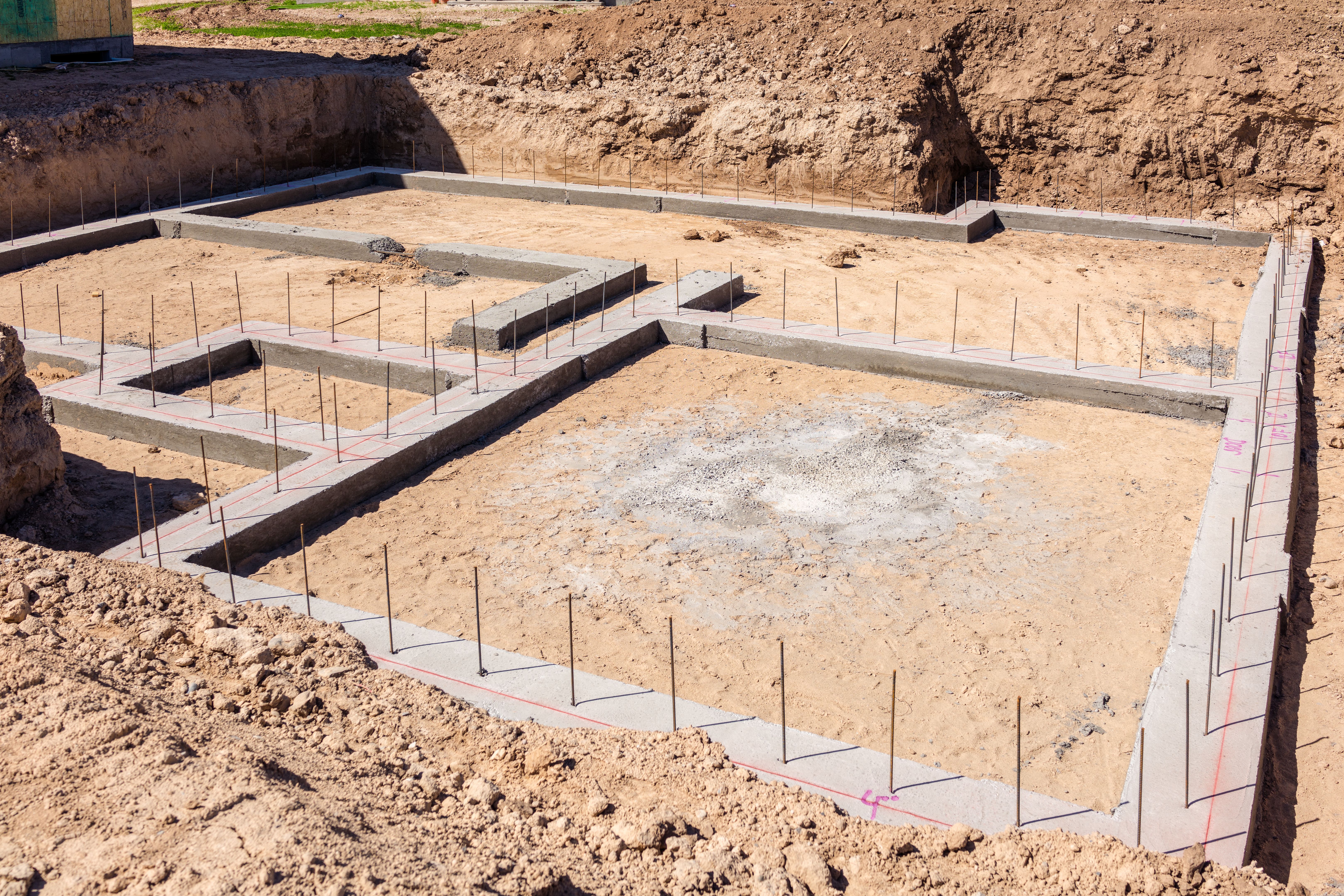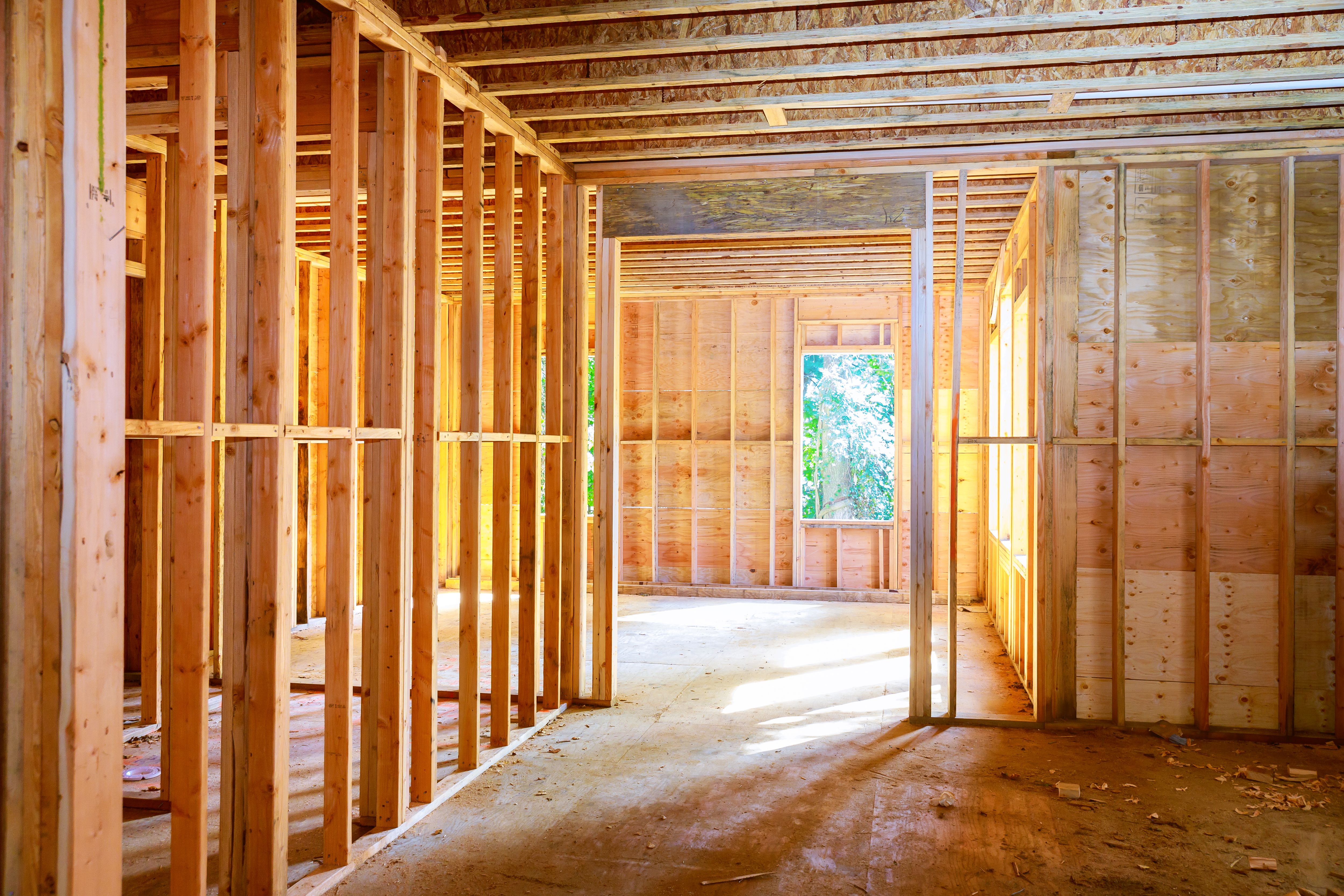Understanding Home Construction Costs: What Are You Really Paying For?
Introduction to Home Construction Costs
Building a new home is an exciting journey, but it comes with a significant financial commitment. Understanding the various components that contribute to home construction costs is crucial for budgeting and planning effectively. From land acquisition to final finishes, each stage of the building process involves specific expenditures.
In this blog post, we'll explore the different elements that make up the total cost of constructing a home, helping you grasp what you're really paying for. This knowledge can empower you to make informed decisions and potentially find areas where you can save.

Land Acquisition and Preparation
The first step in building a home is acquiring a suitable piece of land. The price of land can vary dramatically depending on the location, size, and availability of utilities. Urban areas typically have higher land prices compared to rural locations.
Once you've secured your land, preparation involves clearing and grading the site. This phase includes soil tests, excavation, and leveling, which are necessary to ensure a stable foundation. These preparatory steps can add a significant amount to your overall budget.
Site Development Costs
Site development is another critical expense in home construction. This involves connecting your property to essential services such as water, electricity, and sewage. Additionally, if your site requires road access or specific landscaping adjustments, these factors will further influence your costs.

Foundation and Framing
The foundation is literally what your house will stand on, making it one of the most crucial elements of construction. Depending on your home's design and local building codes, you might opt for a slab, crawl space, or full basement foundation.
Following the foundation, framing forms the skeleton of your home. This stage includes constructing walls, floors, and the roof structure. Materials like lumber or steel and labor costs associated with framing can vary based on regional market conditions.
Structural System Costs
The choice of structural system impacts both the cost and durability of your home. While wood framing is common for its affordability, steel or concrete may be preferred for enhanced durability and resistance to natural disasters.

Interior and Exterior Finishes
Interior finishes encompass everything from flooring, cabinetry, and countertops to paint and fixtures. These choices not only define the aesthetic appeal of your home but also significantly affect your budget. Opting for high-end materials can quickly escalate costs.
Exterior finishes like siding, roofing, and windows are essential for both protection and curb appeal. The materials you choose here need to balance durability with appearance, as they face the elements directly.
Customization and Upgrades
Many homeowners choose to customize their homes with upgrades such as smart home technology or energy-efficient systems. While these additions can increase initial costs, they may offer long-term savings or added value to your property.
The Role of Labor Costs
Labor is another significant component of construction expenses. Skilled tradespeople such as electricians, plumbers, and carpenters are essential for quality craftsmanship. Labor costs can vary regionally and are often influenced by demand in the construction industry.
Understanding the breakdown of labor costs can help you manage your budget more effectively. It's wise to seek multiple quotes from contractors to ensure you're getting competitive pricing without compromising on quality.
Conclusion: Planning Your Budget Wisely
In conclusion, comprehending the various factors that contribute to home construction costs is vital for effective budgeting. From land acquisition to the final touches, each phase requires careful consideration and financial planning.
By understanding these components, you can build a realistic budget that aligns with your vision and financial capabilities. Remember, investing in quality materials and skilled labor can enhance the longevity and comfort of your new home.
